Apparently Aston Martin called Ford and asked if they could have their SUV back. That’s how similar my new long term test car, the Ford Escape ST-Line, looks to an Aston Martin DBX. Oh you think I’m joking? Well I’ll tell you more about my chat with Aston’s vice president later in this first instalment of the Escape’s tour of duty with the Berry family.
This isn’t the first time my family has spent time with the Ford Escape. We’d got to know the mid-sized SUV when this new-generation model launched in 2020. And very recently we bundled ourselves into the Escape ST-Line plug-in hybrid for a road trip holiday. But that was only for a week.This is a long-term test of the Escape ST-Line AWD and during this time we’ll get to know this SUV better than we ever have before and it’ll probably hate us by the end of it.
So behold the photos I’ve taken of the nice clean car. These are the ‘before’ shots. As in before we start to use this SUV in the same way you will - doing the school run, driving to work, shopping trips, birthday parties, trips away, arguing with each other. Normal family stuff.

As you can see from the pics the Escape is a five-seater SUV and that suits my little family of four well.
Fitting the seven-year old’s top-tether style booster seat was easy and there was just enough room behind my driving position to install the baby’s rearward facing seat.
The second row has two cup holders in the fold-down centre armrest, deep door pockets, directional airvents and two USB ports. All the necessities for kids. The rear windows have a dark tint too, although no sunshades so we had to use our own stick-on ones.
Up front there are two more cupholders, a wireless phone charging pad, USB ports and a 12V outlet, plus big door pockets.
Ford says the Escape’s boot capacity is 556 litres, but this is measured to the roof. In reality the boot fits our baby’s pram and change bag, but we’ve found that there’s not much room left over. We’ve already done a weekly grocery shop and found that while it is possible to fit the pram and the shopping bags in at the same time, you’ll need to be a strategic boot packer.
.jpg)
The boot’s cargo cover is pretty unique in that it's made of a flexible material which will shape itself around the shopping and pram while still providing a barrier and privacy.
The ST-line sits in the middle of the Escape range and comes in front-wheel drive or (like our car) all-wheel drive.
The all-wheel drive ST-Line lists for $42,490, which is $3K more than the front-wheel drive ST-Line. Unless you regularly drive on icy or dirt roads, the two-wheel drive version should be fine.
Standard on the ST-Line is a 12.3-inch driver’s digital display, an 8.0-inch media screen, Apple CarPlay and Android Auto, wireless phone charging, sat nav, dual-zone climate control and proximity unlocking.
Our test car has the ST-Line option pack fitted which adds a head-up display, heated front seats and a power tailgate.
.jpg)
The head-up display is the type that projects onto a small fold-up plastic screen, which isn’t as fancy as a windscreen-projected system. I find power tailgates are more trouble than they’re worth, but heated seats are hard to live without once you’ve experienced them.
Those front seats aren’t power adjustable, though, which is fine. It's just that to move the backrest you have to turn a dial and there have been a couple of times where it’s been torturously slow to move into position.
The Escape comes with the maximum five-star ANCAP rating, but this was awarded back in 2019. Still, there's loads of advanced safety tech such as auto emergency braking (AEB) with pedestrian detection, rear cross-traffic alert with braking, blind-spot warning and lane keeping assistance.
All Escapes come with that list of standard features but the ST-Line adds sporty bits, including 18-inch alloys, the large roof-top spoiler, body-coloured side skirts, black roof rails and a different shaped grille to the entry-grade Escape.
.jpg)
It’s an extremely good looking SUV with its swept back cabin, long bonnet, sleek headlights and gaping blacked-out grille.
But it seems the Ford Escape has a larger and way more expensive twin - the Aston Martin DBX SUV. So similar is Ford’s front-end styling that when I had the chance to interview Aston Martin’s vice president and design chief Marek Reichman, I asked him if he had gotten around to sending Ford a copyright infringement notice.
“We did have that conversation with Ford and we're all happy,” he told me. “We all live together, and you know sometimes you have to look at something and say that in many ways it's flattery.”
So there you go, you can tell yourself that an Escape is a DBX on a Ford budget - sort of.
Not that the Escape ST-Line is all that cheap. If anything it’s a bit overpriced compared to rivals such as the Toyota RAV4, Hyundai Tucson, Kia Sportage and Subaru Forester. And then there’s the Mitsubishi Outlander, which has seven seats.
_0.jpg)
It wasn’t long after these ‘before’ photos of the spotlessly clean Escape ST-Line were taken that dirty real life began: muddy feet from an afternoon at the park; school pick ups and trips to see the grandparents.
Our Escape also had a toilet, briefly.
See, we’re doing a bathroom reno and our new loo didn’t make it on the delivery truck and there was no way we were waiting another three days without a toilet. So we picked it up ourselves. It fit in the boot easily, along with the cistern.
There you go Ford - there’s room if you ever decide to add a Toilet Option Pack on the Escape.
You can also see here that we went back to the bathroom shop again for more tiles, which required me to reverse into their tiny loading dock which still had the scars from larger cars that had found their limits.
.jpg)
It was lucky the Escape isn’t huge. At 4600mm end to end and 1700mm wide this is a mid-sized SUV that is about as long as a RAV4, but narrower.
I found the 11.4-metre turning circle to be overly large for an SUV of this size. The bigger Mitsubishi Outlander has a 10.6m turning circle, the Subaru Forester’s is 10.8m, while the RAV4’s is 11m.
In the city 40cm can literally be the difference between a U-turn and an awkward, traffic-stopping three-point turn.
But while not performing U-turns, the Escape is up there with the RAV4 as one of the best SUVs in the class to drive. Better than the Sportage, Tucson or Outlander to pilot that’s for sure, with a comfortable, composed ride, great handling and direct steering.
Add a responsive four-cylinder petrol engine making almost 200kW and 400Nm, going through an automatic transmission to drive all four wheels and you have a sporty, stable SUV that’s more fun to drive than pretty much any mid-size SUV for the money.
What are the things you’ll notice straight away when you start to drive the Escape ST-Line?
.jpg)
First the gear shifter is a dial that rotates from Park to Drive, but you need to flick past Reverse and Neutral. The rotary shifter is not unique in the car world and Kia does it better by only having Drive, Neutral and Reverse on theirs, but you’ll get used to it.
Second, the steering wheel is super soft and cushioned with thick material so it’s very comfy to hold.
Last, the head-up display (which comes in an options pack) feels a bit dinky with the little plastic fold up screen.
You may notice that fuel consumption is on the high-ish side. This latest test month, which was actually from July 18 - August 22, we travelled 753.9km and we filled up twice with 111.97 litres of petrol in total. That comes to a fuel consumption of 14.9L/100km.
We were getting less than 400km from a full tank of 57 litres each time.
.jpg)
That’s pretty high fuel consumption, but not much more that what I’d expect driving an all-wheel drive petrol SUV almost always in the city.
The Mitsubishi Outlander I tested over four months was getting about 500km from a full tank (55 litres) and hovered around 14.0L/100km.
I’ve driven the plug-in hybrid versions of both the Escape ST-Line and Outlander Exceed and can tell you that these types of vehicles would suit my life better - although they are more expensive to buy.
I’ll let you know if that high fuel consumption continues next month along with all the other discoveries we’ll make along the way.
Acquired: July, 2022
Distance travelled this month: 753.9km
Odometer: 2008.2km
Average fuel consumption this month: 14.9L/100km (measured at the pump)
Ford Escape 2023: ST-Line (awd)
| Engine Type | Turbo 4, 2.0L |
|---|---|
| Fuel Type | |
| Fuel Efficiency | 8.6L/100km (combined) |
| Seating | 5 |
| Price From | $38,390 - $45,210 |
| Safety Rating |
|
Pricing Guides

Range and Specs
| Vehicle | Specs | Price* |
|---|---|---|
| (FWD) | 2.0L, 8 SPEED AUTOMATIC | $33,330 - $39,710 |
| (FWD) | 2.0L, Premium Unleaded Petrol, 8 SPEED AUTOMATIC | $27,940 - $33,660 |
| ST-Line (awd) | 2.0L, 8 SPEED AUTOMATIC | $38,390 - $45,210 |


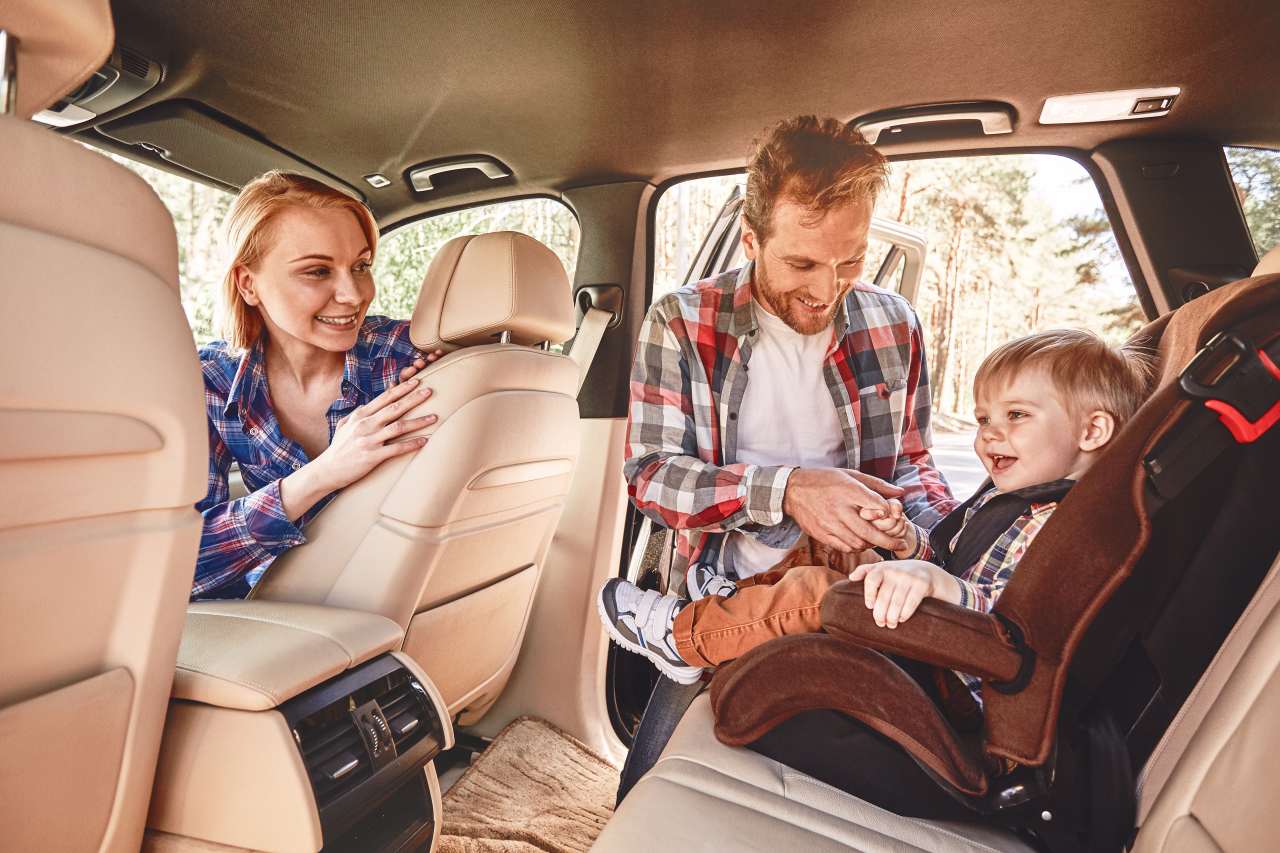
_1.jpg)

.jpg)
.jpg)
.jpg)
.jpg)
.jpg)





















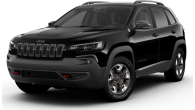
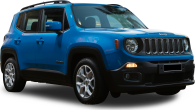














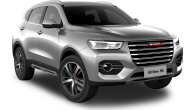

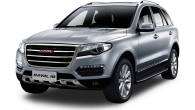



 copy.png)

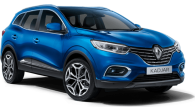




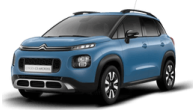






.jpg)
.jpg)

_0.jpg)
.jpg)
.jpg)
.jpg)
.jpg)


.jpg)
.jpg)
Comments